While Nintendo’s E3 2019 presentation and Treehouse Lives didn’t give us all that much information about the upcoming Fire Emblem: Three Houses, the Big N offered enough of a taster to get a good idea about what to expect.
From a series-busting change in the combat system to a massive cast of characters, mysterious enemies and a continent at war, the trailer showed off a lot of new content. Most important was revealing the game isn’t just a school story and includes a time-skip partway through. It looks like FE:TH is set to be one of the better Fire Emblem games in a long time.
Of course, that designation begs the question: “What makes a good Fire Emblem anyway?”
The answer would likely vary greatly depending on who you ask. Here we’re going to go over some of the key facets of the series and highlight the titles that did it best and worst. Certainly, not all Fire Emblem titles are created equal.
The Story Aspect
Any Fire Emblem lives or dies by its story, and the series is definitely a case where story is greater than or equal to gameplay.
The mechanics might be spot-on, but it’s difficult to put a lot of time and work into a game that doesn’t make you care or want to find out what happens after that chapter. Make no mistake: Fire Emblem games tend to require a fair bit of work, unless you break them of course.
Best Fire Emblem Plots
The Tellius Saga
Fortunately, most FE stories are good, even the very basic ones like the first game, titled Shadow Dragon in North America. Yet there are some that stand above the others as the best Fire Emblem plots.
It’s pretty difficult to split Path of Radiance from Radiant Dawn in terms of story because the one isn’t complete without the other. They do stand strong on their own, but together, their overarching story is dramatic, grand, and compelling.
One of the most interesting features is the conflict between Beorc and Laguz. In PoR, it seems like a unique side story that adds background and makes the world seem deeper. It isn’t until you near the end of Radiant Dawn that you find out it’s the source of the entire arc’s conflict, that fighting and prejudice between two groups of different appearance and heritage reached the point where it threatened to destroy all of civilization.
It’s helped along by some storytelling flair as well. Playing from different perspectives was nothing new to the series at that point. However, Radiant Dawn‘s splitting the narrative into three parts that eventually come together created a compelling sense of tension. It centers everything around the many, many problems plaguing the land and how they were affecting characters you either knew from the first game or became acquainted with in an earlier part of this one.
That the stories are fraught with betrayal and rife with surprise reveals about certain characters’ backgrounds, like Soren, Greil, and a certain bishop, means both games easily retain the player’s interest throughout the 70+ hour combined story — which is good, since neither is exactly a cakewalk.
Worst Fire Emblem Plots
Fire Emblem: Fates
The Fates games get a lot of flak from series fans, and, well, it’s deserved in terms of plot. After chapter 6 and The Big Decision, it just doesn’t really go anywhere. The middle chapters in all three branches are basically variants of “We must defeat Opponent X, and to do so, we shall travel — a lot.”
There aren’t any major plot twists, except ones the games telegraph loudly from the beginning, e.g. who the traitor is. No minor antagonists really stand out either, unlike, say, Sonia from Blazing Blade. It doesn’t change in Revelation, either.
That’s not from lack of material. The unnamed continent has what seems like a rich history to explore, particularly the relationships between the various subgroups that live there and the two main powers. Then there’s the resistance movement, the concept of the Faceless, how the conflicts affect others — plenty of interesting areas to explore.
The problem is Fates is a concept-based game that relied too much on the idea of branching paths at the expense of making those paths interesting.
Map Design
Map design is up there with story in terms of importance. It’s pretty difficult to get immersed in a game when the stage maps are dull, uninspired, or just plain easy; it is supposed to be a strategy game, after all.
Unlike story, not all FE games sport quality maps, and even the good games in this category still have some that turn into a slog. The maps that are good stick with you for a long time as part of the overall experience — how they tested you, what strategy worked after failing 50 times, how it was fine until X unexpectedly showed up.
Best Fire Emblem Maps
Fire Emblem: The Blazing Blade
Known just as Fire Emblem in the West, the 7th title in the series boasts a number of quality maps that test he player’s ability and often require a few retries until you learn exactly how they work. The Peddler Merlinus and The Dread Isle are shining examples. Darkness and fog of war, respectively, are added on top of already difficult maps, crippling your vision and making the sense of relief at finishing with everyone alive tangible.
Then there’s Cog of Destiny, which looks deceptively simple, but forces you to use every character wisely to defend against hordes of reinforcements.
Fire Emblem Fates: Conquest
Conquest easily wins out over the other two Fates games in this regard. Not only does it bring back conditional victories, like in Eternal Stairway and Unhappy Reunion, but it throws all kinds of obstacles up at almost every turn. Cold Reception is an early case of this, and it’s especially interesting because you can technically make it easier on yourself by not trying to visit each house. Bitter Intrigue is another one that punishes you for trying to charge through too quickly, even while you have a limited number of turns.
Voice of Paradise is probably the best, though. Not only is the setting completely unique to the entire series, but the method of progression is as well. There are ways to completely cheese it, which is still difficult, or you can buckle up and try to fight your way over the boats; bottlenecks are usually your friend in FE, but here is another story entirely.
Worst Fire Emblem Maps
Fire Emblem: Awakening
First, let me say I like Awakening on whole, but even I can’t deny its maps aren’t that great. They’re largely linear affairs, with very few obstacles except in some stages like Emmeryn and… well, that’s it actually.
The rest of them except a few towards the end tend to be full of open spaces. You can patiently move your entire army from one end to the other, gang up on the boss, et voila. Mad King Gangrel is one of the worst offenders here, with Naga’s Voice being another.
It’s not that these aren’t challenging; they can be. It’s just there are only so many times you want to deal with the same basic, open map style. The Paralogues are where the more interesting designs are, but it’s a problem when the most dynamic designs in a game are relegated to its side stories.
Fire Emblem: The Sacred Stones
It might seem a bit unfair to put Sacred Stones under the bad category.
Many of its maps, like Phantom Ship and Victims of War, are quite good. The problem is they don’t really do much different from Blazing Blade, with a few exceptions. Refining what works well is by no means a bad thing, but some changes in environment, style, or even just obstacles would have improved.
The other issue is how most of the maps turn into slog-fests, Scorched Sand, Darkling Woods, and Two Faces of Evil in particular. There’s nothing like taking 20 turns just to trek across the map to the objective for ruining immersion.
Supporting Casts
One of Fire Emblem‘s biggest strengths has almost always been its dynamic supporting casts and the accompanying relationships players can build between them.
To test this claim, just play Shadow Dragon and then a more modern title. The difference is immediately noticeable, because the older titles didn’t develop other characters as fully.
Despite being called “supporting” casts, these can make or break a game. Good characters with depth or fun personalities make you want to spend time in the game, learning about them and developing their skills. In other words, they make you want to play Fire Emblem.
Best Fire Emblem Support Casts
Fire Emblem: Awakening
Issues with map design and some narrative indecision aside, Awakening has a stellar supporting cast, helped along by some excellent localization from 8-4.
Each character almost pops off the screen — and no, that’s not a 3D joke — with their own quirks, fully developed personalities, and most importantly, interesting stories. It’s all made even better with the game finally opening up support conversations so almost everyone can have a chat with, well, almost everyone else.
Obviously, there are characters more appealing than others; Gaius, the cheeky, candy-obsessed thief with a heart, Morgan the oblivious, and the wannabe Lothario Virion. The list could basically include the entire cast.
That’s because even the tired trope characters have at least one scene or characteristic that makes them feel fresh. Ricken in particular stands out. He’s the usual “boy who wants to be grown up.” Despite, or maybe because of, his overall immaturity, his interactions with Panne and Maribelle demonstrate a higher level of emotional awareness and compassion than many of the other characters.
Fire Emblem: The Sacred Stones
Sacred Stones makes up for its recycled map concepts with a pretty strong cast of supporting characters. Some might not be quite as dynamic or entertaining as the Awakening cast — Moulder, for instance.
However, they compensate for amusing quirks with more meaningful interactions between each other, interactions that make the player want to find out more or keep using those characters. For example, Neimi and Colm’s relationship makes you want to keep them together, Cormag needs to be rehabilitated, and Marisa’s and Tethys’s backgrounds are awfully mysterious.
The game does still have its stand-out characters, though. L’Arachel and her retainers easily steal the show, and Lute is a strong follow-up for Serra whose interactions with Artur create an entertaining foil for the more serious characters.
Worst Fire Emblem Support Casts
Fire Emblem Fates: Birthright
Birthright really got the short end of the stick with its supporting cast. For whatever reason, the Nohrian side has all the interesting and bizarre characters, from Charlotte and Benny, to Arthur, Odin, and, of course, Peri the bloodthirsty madwoman.
The Hoshidans get arguments about who serves their lord better — two separate sets, in fact: Hana and Subaki, then Oboro and Hinata. Hayato is Ricken revisited, only without many redeeming qualities, the ninjas don’t say much (not altogether surprising), and Rinkah just falls short.
The reason? They don’t have anything going for them. Setsuna and Azama are the only ones with unique personalities, along with Orochi, though the latter only gets some depth with Kaze, Corrin, and Saizo. Even many of the support convos seem forced and stretched out to get to that A or S-rank mark, because there isn’t anything to say. It’s odd and frankly disappointing.
Fire Emblem: Radiant Dawn
If you’ve played Radiant Dawn, then this needs no explanation. The game doesn’t let you get to know the supporting cast at all. In a bizarre turn of events, the game did away with regular support conversations in place of very short, non-essential speech snippets that are supposed to be like bonds of some kind. They offer battle benefits — and little else.
It’s a huge missed opportunity, too. The cast is full of promise, especially given the wildly varying settings that shape their experiences. The Dawn Brigade is one of the most rag-tag band of companions in the series, and then pretty much every playable character and some extras get thrown together towards the end.
Maybe at the time, it was a logistics nightmare coming up with all those possible conversations, or it was an innovation gone wrong. Either way, it makes for a very bland experience outside the main story and fails to deliver on the promise of the unique cast.
—
With Treehouse Live keeping much of the plot and gameplay hidden for now, so close to release date, it’s too early to say whether Three Houses will exceed in any or all of these categories.
In the end, though, all of this is pretty subjective, because a series made up of so many intricate components is bound to appeal to different people in different ways. What to me might be the worst map design in the series could be someone else’s favorite — and that’s okay.

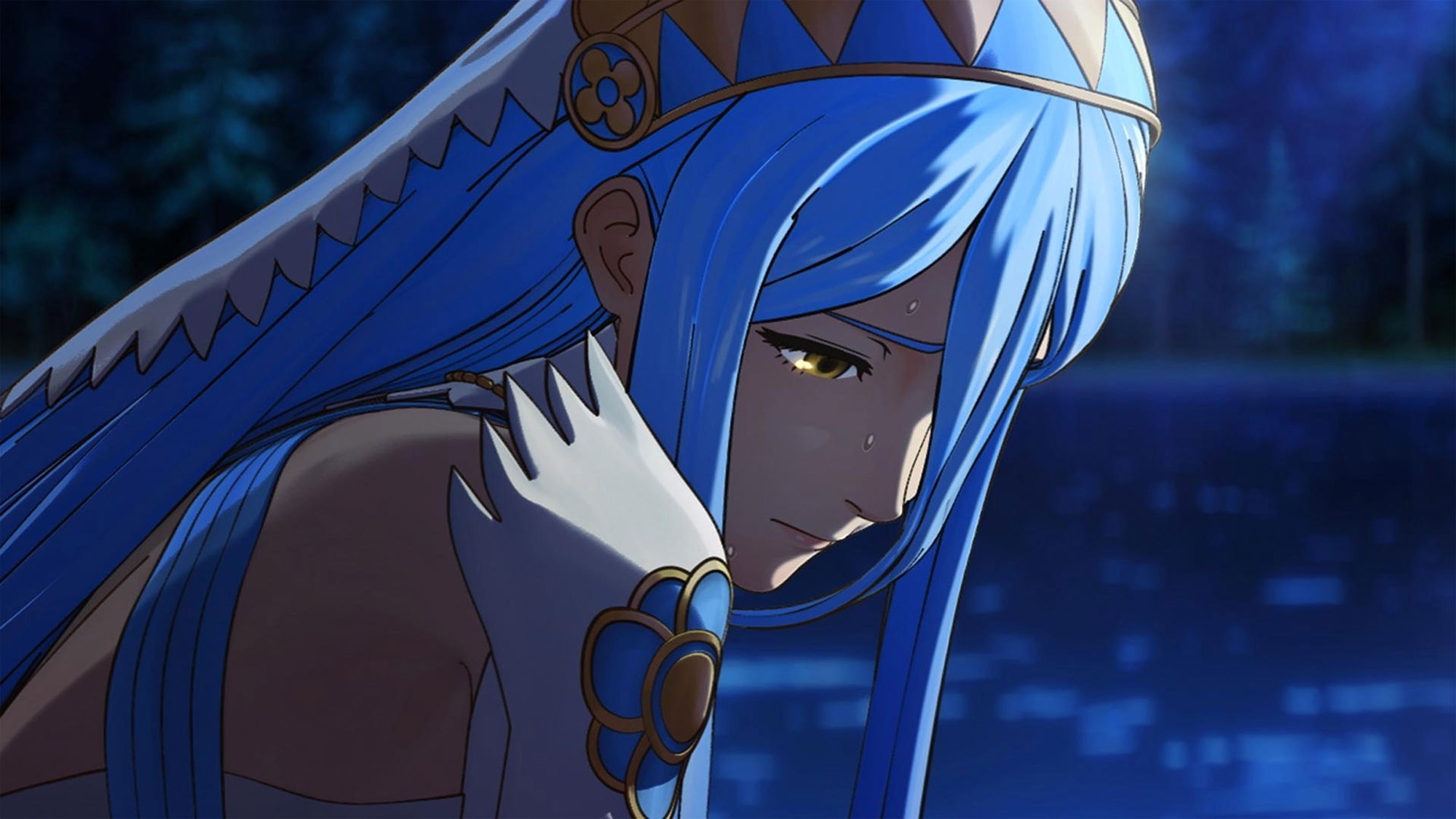
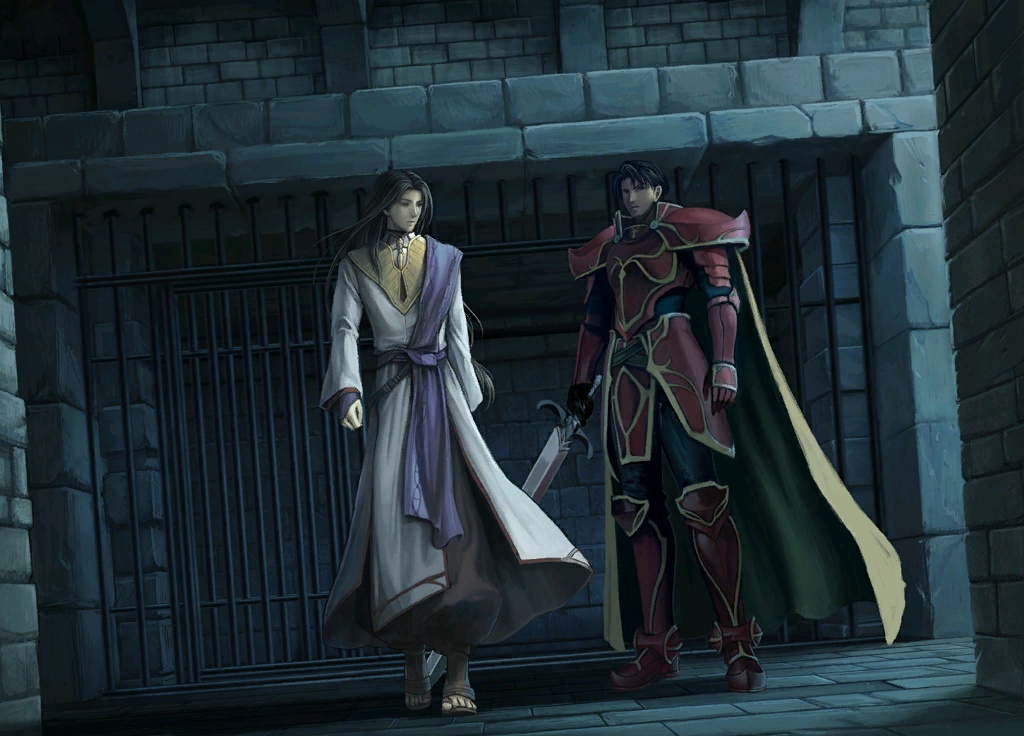
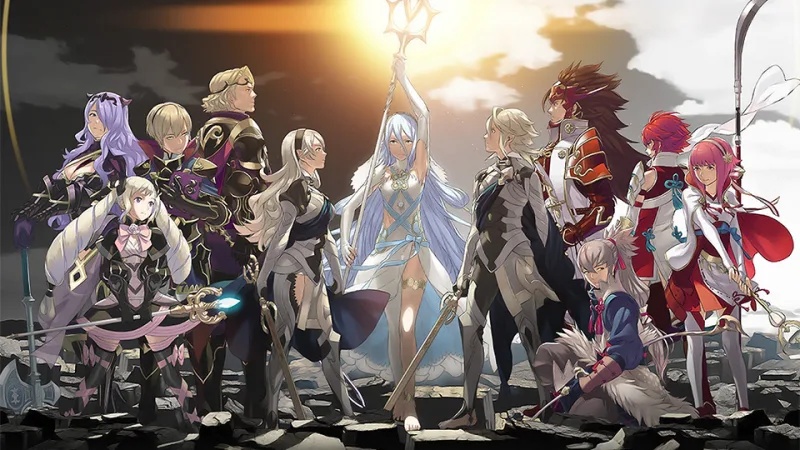
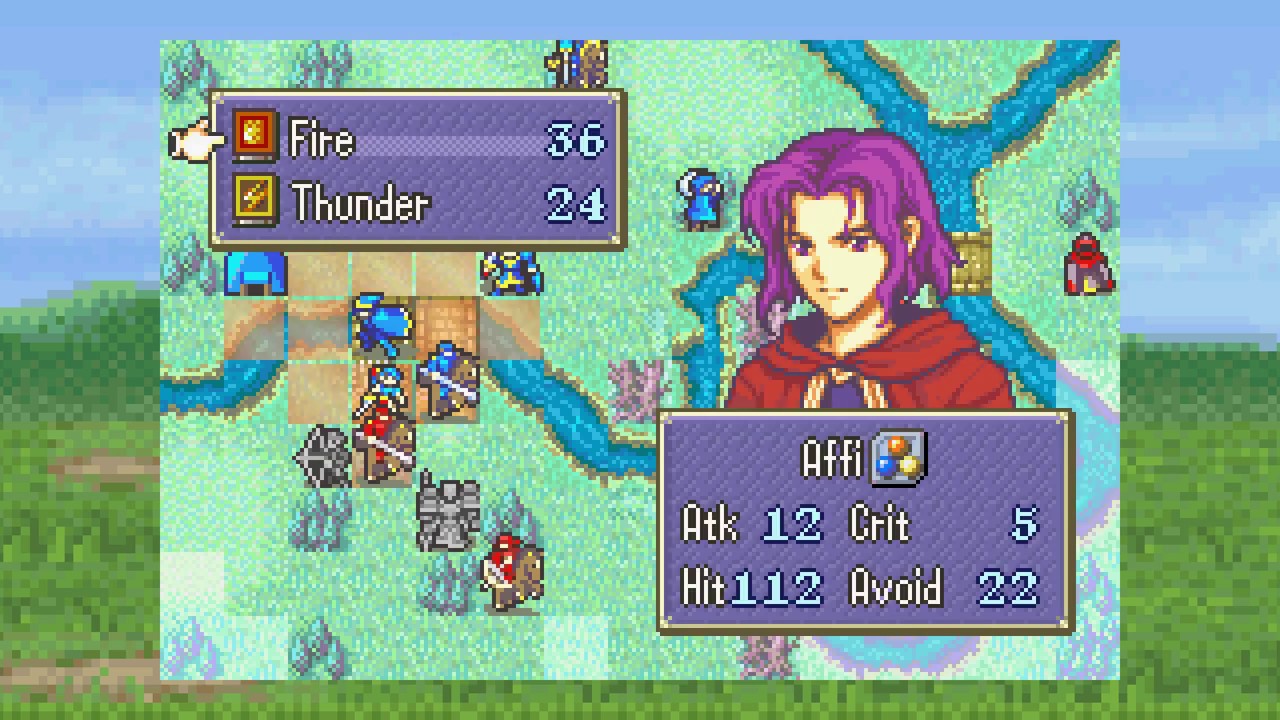
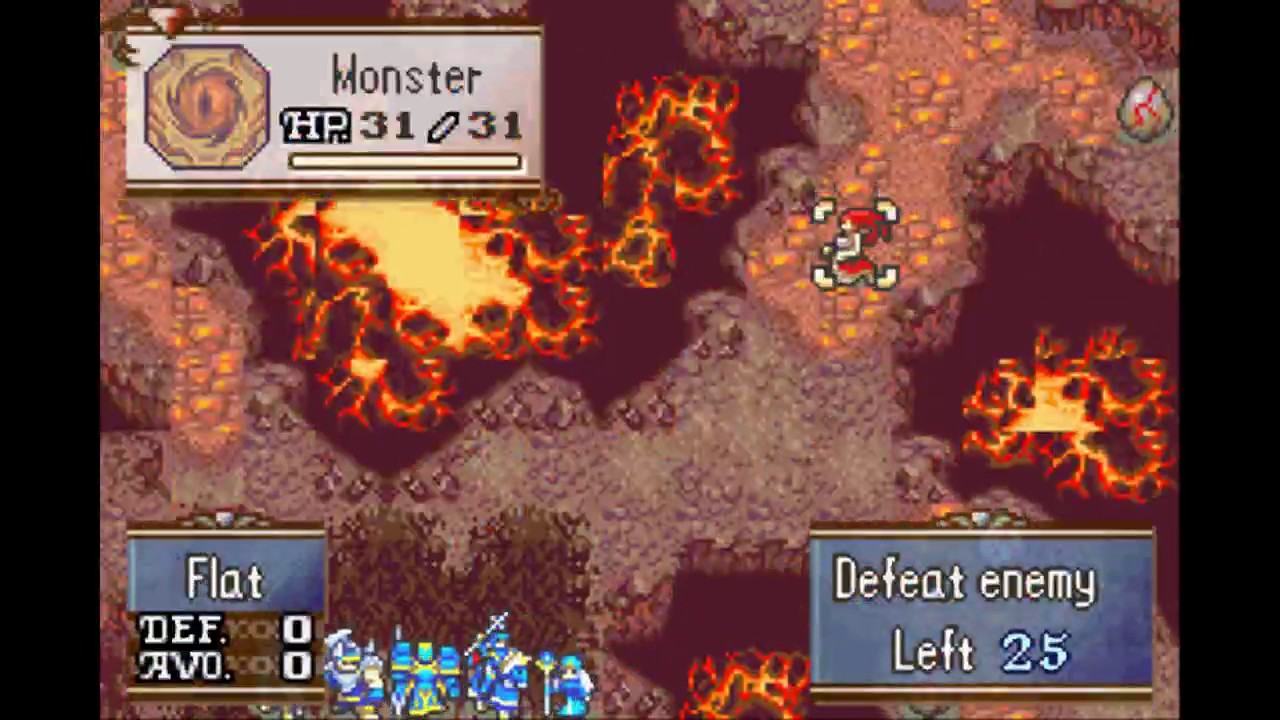
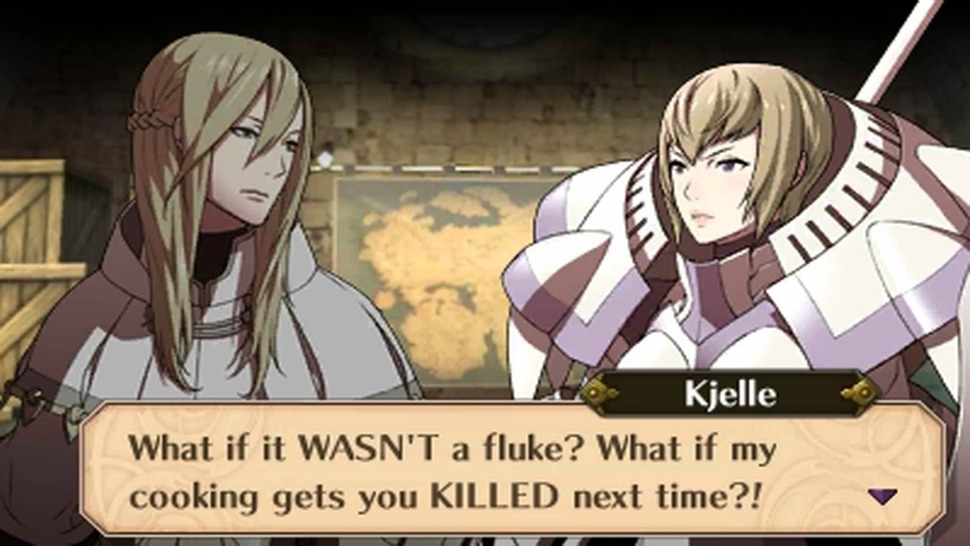
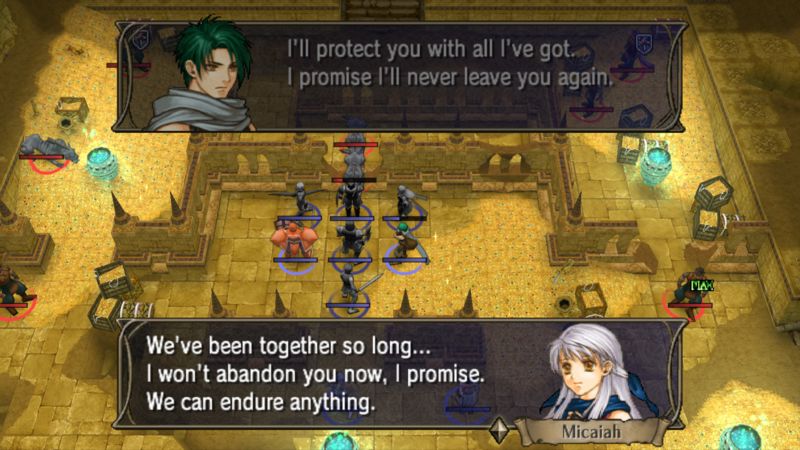





Published: Jun 17, 2019 10:36 am